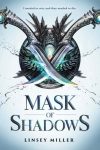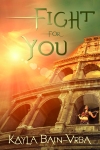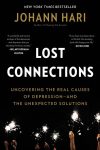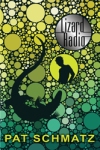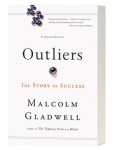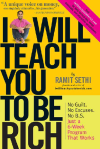It’s 2024, if you can believe it. I don’t think I’ve had such an absolute year since the disaster that was 2020 – although in this case for much better reasons. But on the whole, though 2023 felt crazy and ridiculous, almost everything turned out better this year than 2022 (which was a rough year personally).
For the past two years, I’ve been working in a job that let me have earbuds in while I work. That meant audiobooks – 40 to 50 (sometimes up to 60) hours a week of audiobooks at 1.75x speed. I got through a lot of books that way. But in March 2023, after almost exactly two years, I left that job for one that is significantly better but involves significantly fewer earbuds. (I am actually allowed to read books on my computer at the new job if we’re not busy, but the amount of “not busy” time varies.) Naturally, going from reading as a full-time job to reading in my spare time had a dramatic affect on the quantity of books I read. But it also had some other, less-expected and less-intended effects.
I switched back to physical books. Since I no longer have large chunks of time to read audiobooks, I’m back to reading print books regularly. I was actually excited about this change, because I had always been a print book lover and audiobooks were a matter of conveninece and opportunity, not preference. But after reading my first print novel in at least two years (A Big Ship at the Edge of the Universe), it was quite upsetting to discover that I find print less engaging and immersive than audio. Though I’m over the rough part of adjusting to the format switch, I still prefer audio.
Going to the library in person. I used to love going to the library, any library. But I haven’t set foot in one for many years – partially due to covid, partially because audiobooks go through my library’s app, no physical library visits required. When I switched jobs, I wanted to keep reading, which meant regular library visits. But I’ve discovered that I don’t really enjoy browsing very much. My local library is MASSIVE. The sheer volume of choices is overwhelming, and the physical building is so big I generally need my cane, which makes it difficult to carry books and browse at the same time. I’ve also discovered that I really would rather browse books in an environment where I can easily filter results, check reviews, browse curated lists, and open a new tab to look up the author or other books in the series. (The StoryGraph‘s recommendation algorithm has spoiled me.)
Sticking to my TBR list. Partly because of the lack of library browsing and partly because of the overall reduction in reading volume, my reading choices haven’t been super adventurous this year. The last two years involved a lot of trying and liking new things. But almost all of those unexpected gems came from the librarian-curated lists on my library’s audiobook app. These days, most of my library trips involve me looking books up in advance to see if they’re available and where they’re located, then going to those locations and getting those books. Even when I browse, I tend to get overwhelmed by options and not check out even books that look interesting. So I’ve overall stuck almost exclusively to my TBR list and tried fewer un-researched options in 2023.
My Reading in 2023
As always, I have a lot to say about my reading in the past year (although hopefully less than last year – after all, I read significantly fewer books). I also have my StoryGraph Reading Wrap-Up for 2023. Most of the stats there are accurate. But a few aren’t – the number of books I read that I owned, for example, doesn’t include books that I owned and read, then got rid of and marked as no longer owned.
As always, none of these lists are in any particular order.
Overall Reading

My annual reading goal is always 48 books. This year I actually tracked when I hit that goal: June 6th.
In total, I read 80 books this year, which is 167% of my total goal. That’s 132 books less than last year – but considering I only had two-and-a-half months of the year where I could read the entire work day (I left the audiobook-reading job mid-March), I think that’s a perfectly reasonable number.
I also track how many books I DNF (Did Not Finish), and this year I DNF’d 48 books. So in total I picked up 128 books and finished 62.5% of them.
In reviewing, I reviewed 72 books in total, 11 of which were DNF books. I also continued the Review Shorts this year (and will continue to do them because I like the concept). I wrote 38 review shorts this year, so only 47% of my reviews in 2023 were full reviews.
Reading Charts!


My Goals for 2023
I set goals for my reading every year. Most of them are the same year to year. But it’s always good to check in on them. So let’s see how I did on my goals in 2023.
Finish 48 books between January 1 and December 31. Check! Because I still had the audiobook-reading job for three months, I reached it faster than I probably would have otherwise, but I definitely hit that goal.
Read at least 50% fiction. Also check! Almost three-quarters (71%) of my reading in 2023 was fiction.
Read only good books (by only reading books I’m interested in, not reading books just because I feel like I “should,” and not finishing books I’m not enjoying). I usually use the star ratings to help me analyze this one. And I read a lot of 3-star books this year, and not a lot of 5-star books. But 35 of the books I read this year (43.75%) were ones I rated 4 stars or higher. But less than half of the books I read were 4 stars or more. This tracks with my general feelings, too. I read a lot of books that were fine, finishable, even enjoyable, but not a ton that were fantastic and outstanding. So overall I’d say I did okay on this (I did, after all, only finish 4 books that I rated less than 3 stars), but I wouldn’t call it a resounding success.
Unread Shelf 2023: Read 12 books I own but haven’t read yet. I didn’t hit that one this year. I only picked up 7 Unread Shelf books this year, and ended up not finishing one of them.
Bonus: Completing series. I didn’t actually set a goal for this one, but since I’m notorious (at least to myself) for starting but never finishing series, I had a section last year on all the series I finished. This year I finished far fewer series, but I did complete a few:
- The Divine Cities
- The Invisible Kingdom
- Radiant Emperor Duology
- Contagion (technically – I picked up all the books but DNF’d the last one)
Top Fictional Reads of the Year
I don’t pick favorite books. Never have. I read so much and so broadly that it’s really difficult to compare books I really enjoy to determine which I like more. Plus, with such a variety, I often deeply love books for very different reasons.
So, as every year, instead of ranking or picking “a” favorite, this is a list of the top fiction books I read in 2023. As with every list in this post, it’s in no particular order.
Silver Under Nightfall by Rin Chupeco
It’s a vampire story, sorta. There are definitely vampires in it, at least. But it’s also a blend of Castlevania and dawn of science era a la Frankenstein, with a fascinating setting and a strong plot and, most of all, absolutely fantastic characters. There’s a generous helping of angst, which I thoroughly enjoyed, and even though I’m not usually much for romance this one was sweet, full of mutual pining, and polyamorous, which is always a bonus. The plot is surprisingly twisty and there’s plenty of action. It’s just so good – and it’s first in a series, so there’s more to come!
Godkiller by Hannah Kaner
This was one of my more unresearched selections this year – I’d read the back cover and decided that it sounded like something I’d enjoy (I’m always down for unique takes on gods), but I didn’t know much about it. So it was a delight to find that not only is it a really cool take on gods with an interesting world and a solid plot, the characters were the standout hits of the story and I loved them. Especially our protagonist, who is strong and broken and furious and violent and loyal and traumatized and all-around spectacular – and, of course, stupidly good at murdering deities. I didn’t know going in that this was first in a series but I’m so glad there’s more to come.
Nettle & Bone by T. Kingfisher
A truly unique take on a lot of generic fantasy tropes. The sheltered youngest princess raised in a convent is perfectly happy with that; the impossible magical tasks are not the actual quest and aren’t actually all that hard for the protagonist to pull off; ideas that could have very easily become a somewhat formulaic YA gets a refreshing update with a protagonist who is thirty years old, a princess who would rather not be a princess not because she’s rebellious or wants her “freedom” but because it’s too much pressure and she’d rather knit, and who isn’t whip-smart and in fact recognizes she’s on the lower end of average. Plus she and a variety of companions are on a quest to solve some problems with murder (and honestly, I agree that’s the best solution here). All around an enjoyable story.
He Who Drowned the World by Shelley Parker-Chan
This is the sequel to She Who Became the Sun, which made my Top 5 Novels last year. But that doesn’t feel like cheating to me becuase while they’re both astonishingly good, it’s in very different ways. This one leans hard into the morally gray aspects of the protagonist as she passes the point where her relentless clawing upward feels essential to her safety, forcing her to confront the damage she’s doing and making both her and the reader consider if it’s worth it. It’s very dark and full of big, deep emotions. And, being the last book in the series, full of endings – bittersweet for many characters, as I wanted better for them but knew they wouldn’t get it. Dark, intense, and very, very good.
The Genesis of Misery by Neon Yang
I did enjoy this book, don’t get me wrong. It’s got a compelling protagonist (and self-aware unreliable narrator) who disregards rules purely becuase she has other priorities, an engaging cast of secondary characters, some really fantastic worldbuilding creating a monotheistic multi-planet scifi society, a compeling plot with some genuinely surprising twists, and a general fantasy vibe woven among the scifi. But that’s not why it made this list. It made this list for an interesting take on unreliable narrators (although admittedly, I haven’t read many) and strong engagement with the concepts of belief, fanaticism, religious power, heresy, and ethics vs. religiosity. Those are all concepts that I find generally interesting, and watching the protagonist engage with it was like watching my own deconversion process, but in reverse. I’m going to be thinking about this one for a while.
The Hall of Honorable Mentions and the Otherwise Noteworthy
I Did Not Ask for a Therapy Session But That’s a Risk You Take With Some Books I Guess
- Stuff: Compulsive Hoarding and the Meaning of Things by Randy O. Frost and Gail Stekeete. I am not a hoarder. So I didn’t expect an impromptu therapy session from a book about the psychology of hoarding. However, I do have a somewhat complicated relationship with stuff and owning it, and I actually gained some really good insights into the psychology behind relationships with stuff in general and why my own relationship with things I own is so complicated. And even besides that, it’s an interesting read on its own.
- I Could Do Anything If I Only Knew What It Was by Barbara Sher. If you’ve spent some time in therapy, you’re familiar with the feeling where the therapist suggests something that is an amazing solution to your problem but also blindingly obvious now that they’ve said it. For me, reading this book was the literary equivalent. Nothing Barbara says is all that revolutionary or even something you couldn’t have come up with on your own. But it left me with the same feeling of vaguely sheepish enlightenment. (Plus it’s just straight-up good advice.)
If You Like Weird Books Then Do I Have a Book For You
- Sister, Maiden, Monster by Lucy A. Snyder. There’s a pandemic-driven societal collapse and old gods from outer space, and both of those are background elements in this body horror fever nightmare of a book. Unbelievably gory, extraordinarly disturbing, and contains the only book scene to ever make me physically gag. Repulsively readable. I can’t stop thinking about it.
- Naamah by Sarah Blake. Now, I am an enjoyer of weird books. But this one is so weird in so many different directions that the primary feeling I experienced was a general “what the fuck is going on?” There’s a ton of weird, uncomfortable, sometimes vaguely incestuous sex scenes. There’s insanely bizarre stuff like the angel who lives underwater with a bunch of dead children, or the time the protagonist time travels to watch an episode of Law and Order: SVU. I couldn’t even tell you if I liked it because I have no idea what is even happening here.
- Annihiliation by Jeff Van Der Meer. This is a very weird book with a definite SCP vibe. It does have some semblance of a plot, at least at the beginning, but it goes off the rails quite quickly. It goes hard on a twisted and distorted natural world and a good helping of body horror. It’s also much more towards the scifi edge of weird books than the fantasy edge where I usually read, so I don’t have as much to say about it. It’s pretty good, it’s creepy, it’s very weird. What else do you need to know?
The Gallery of Gorgeous Books
Whether or not you believe in not judging books by their covers, you have to admit that some covers are just prettier than others. This gallery is my favorite covers from books I’ve read this year. (Whether or not I enjoyed or even finished the book is irrelevant – here I judge books by their covers and by their covers alone.)







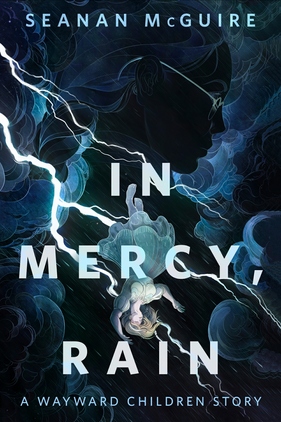
Reading Goals for 2024
Like every year, I’m aiming for my three annual reading goals: Finish 48 books, read at least 50% fiction, and only read good books.
The Unread Shelf goal (reading 12 books that I own but haven’t read yet) has become a repeating goal over the last few years, too. But I have consistently failed at that one – probably because the majority of the books I own are reference books. So I’m keeping the goal of reading books that I own but haven’t read, but I’m reducing the target to 6.
And finally, I still have a lot of series that I’m allegedly in the middle of – by which I mean I read at least one book in it, said it was really good and I intend to finish it, and then never actually kept reading. Some of these have had the next or final book on my readlist for years. (The exception is the Discworld series. I am actively reading Discworld books, but since there’s a total of 41 books, not counting the novellas/short stories between them, I’m going to cut myself some slack there.) So I am setting one additional goal to finish 3 series that I have started and intend to finish. (I have five different series on my reading list that I only need to read one more book to complete, so theoretically this one should be very doable.)
So my final list of reading goals for 2024 looks like this:
- Finish 48 books between January 1 and December 31
- Read at least 50% fiction
- Read good books, which involves…
- Only reading books I’m truly interested in
- Not attempting to read books because I feel like I “should”
- Not finishing books I’m not legitimately excited to finish reading
- Unread Shelf 2024: Read 6 books that I own but haven’t yet read
- Finish reading three series that are “in progress” (meaning I have read at least one book in the series and enjoyed it enough to want to read more)
Is this a bit ambitious? Potentially. I have been known to bite off more than I can chew every now and again. But considering this is all just for fun anyway and even if I read zero books in 2024 there would be no real consequences, let’s just see how it goes. If I do it, great! If not, oh well.
Final Thoughts
I spent the last two years reading both widely and deeply and trying a lot of new concepts and genres. I did not do that so much this year. A large portion of my reading in 2023 was from by TBR list, or at least pre-researched in some fashion.
I have yet to determine if I want to change this. Perhaps 2024 will be the year I learn to enjoy browsing the library again. Perhaps it will be the year I intentionally choose books outside my comfort zone. Or perhaps it will be another year of working through my TBR list (and let’s be honest, even if I only read books on my TBR list, that would still keep me busy for a year or two).
I don’t think either option is necessarily bad. But sticking to my TBR list definitely has a more narrow scope of genres and concepts than my audiobook reading did the past few years. As much as I enjoyed finding some of the unexpected gems from my more adventurous reading choices, I’m not sure I feel particularly adventurous right now. But really, in a lot of ways life feels like it’s in a state of flux for me at the moment. I have no idea what 2024 will hold in any aspect. So I guess we’ll just have to see how it goes.
Here’s to a great 2024!

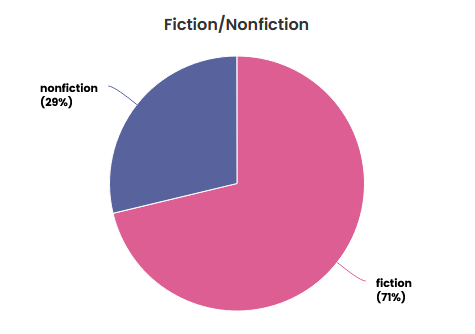








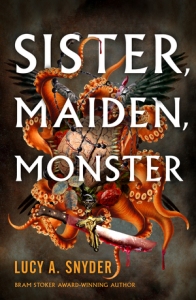
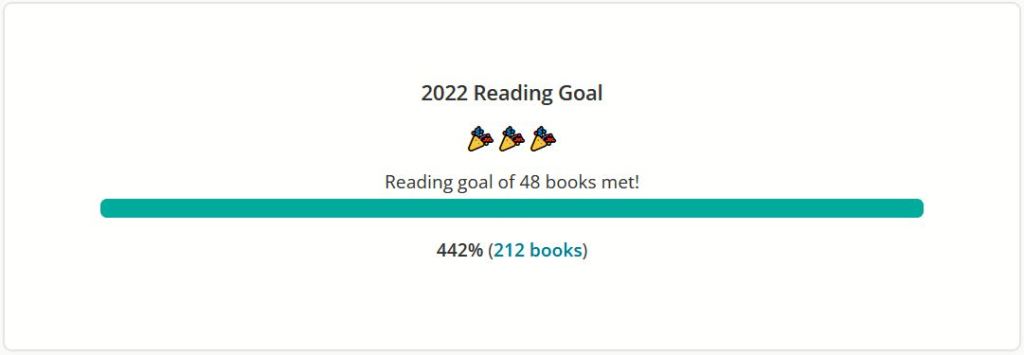
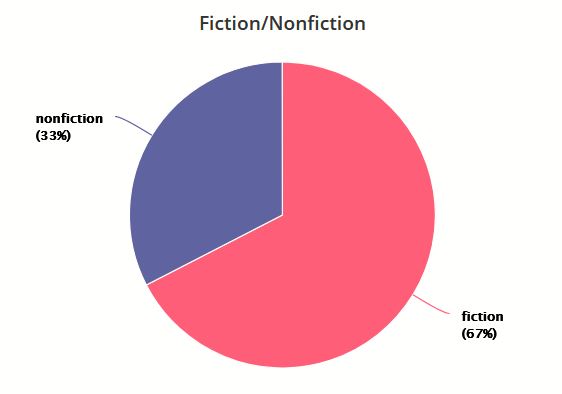
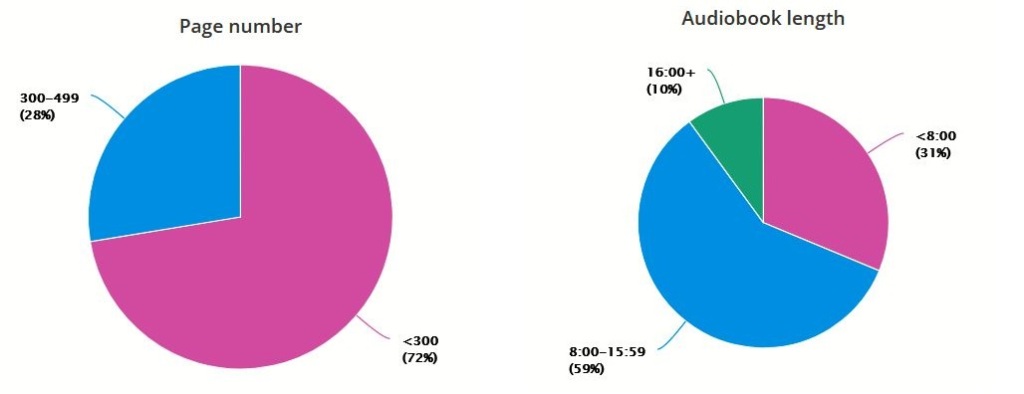
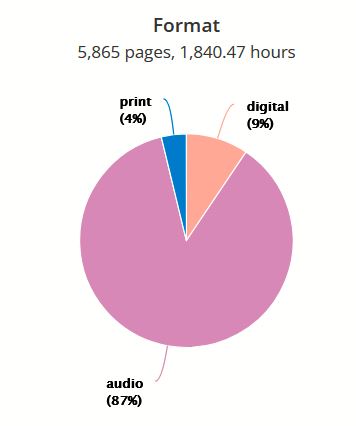











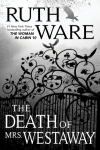
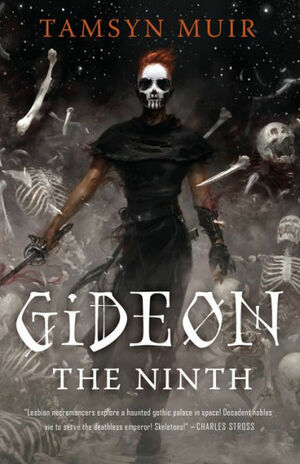












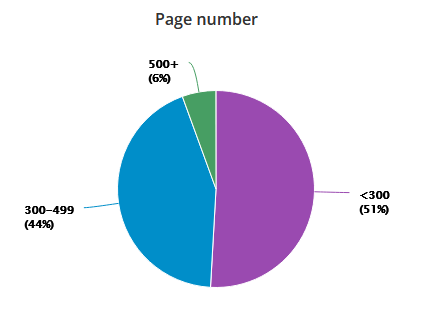
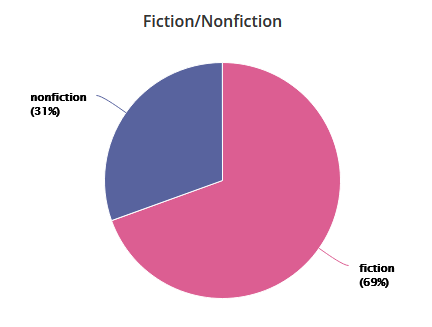
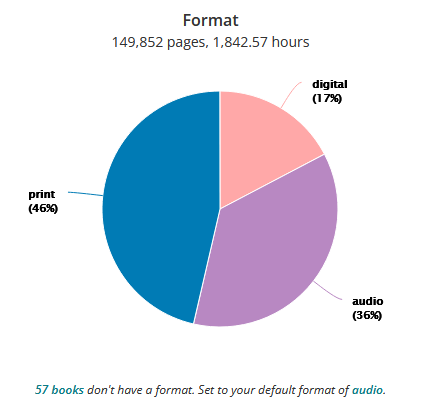
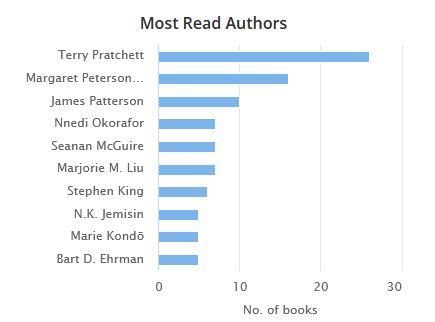
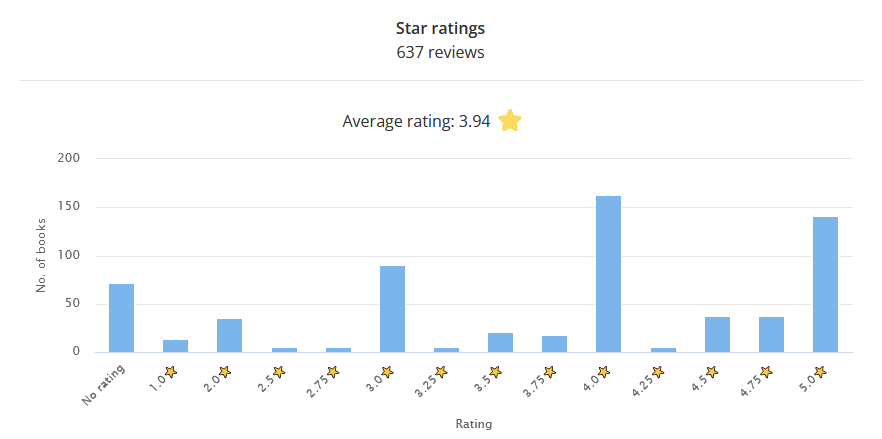


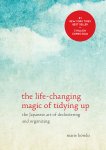
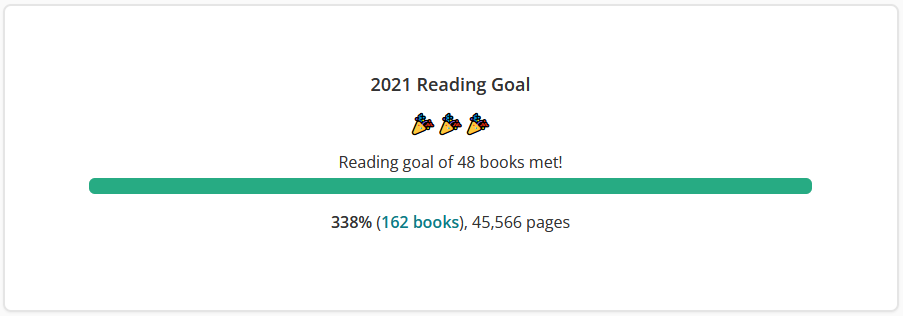
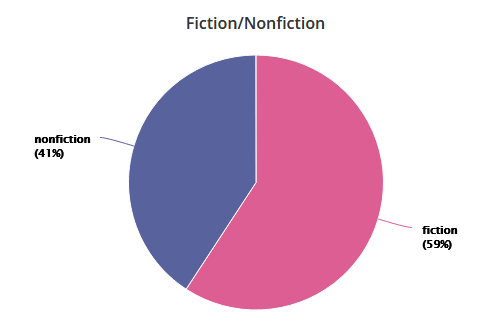
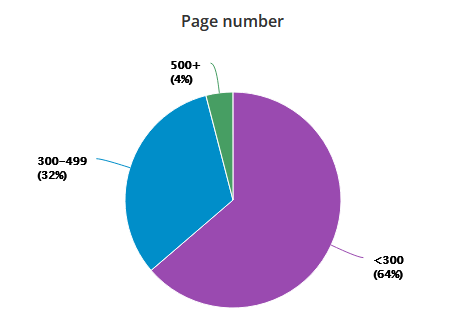

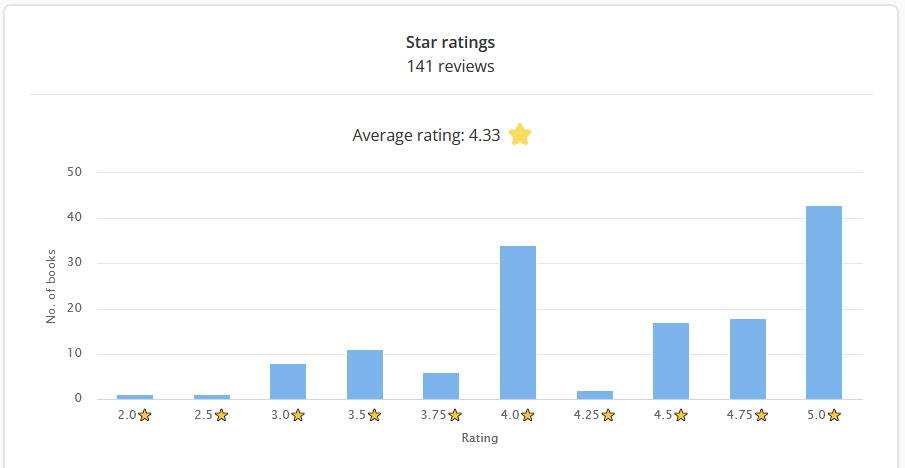
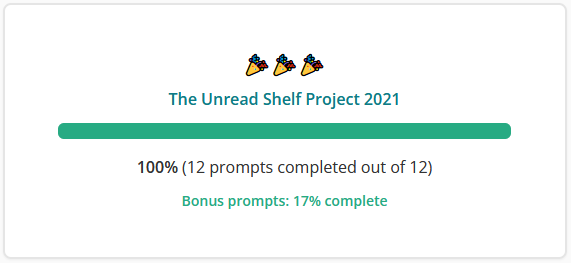









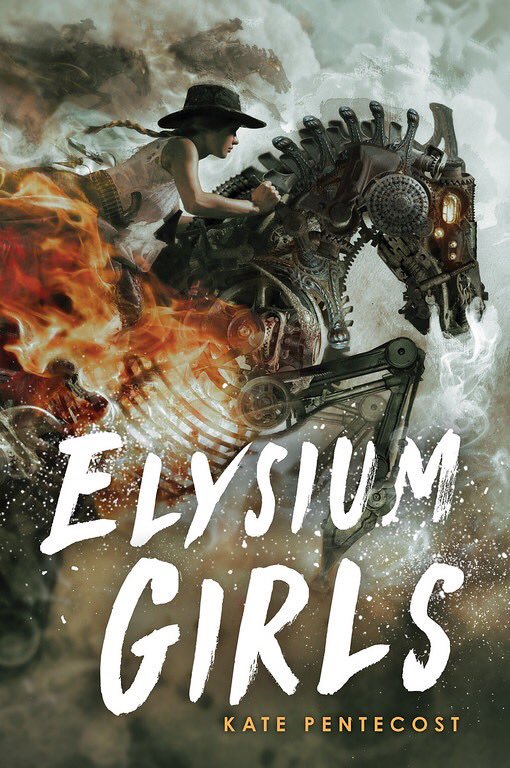












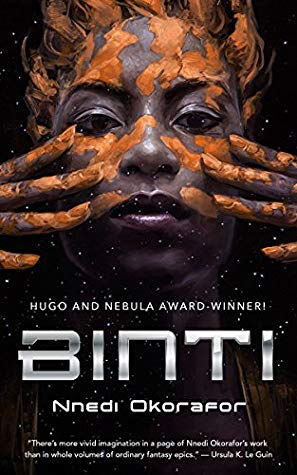











 2.
2. 
 4.
4. 


